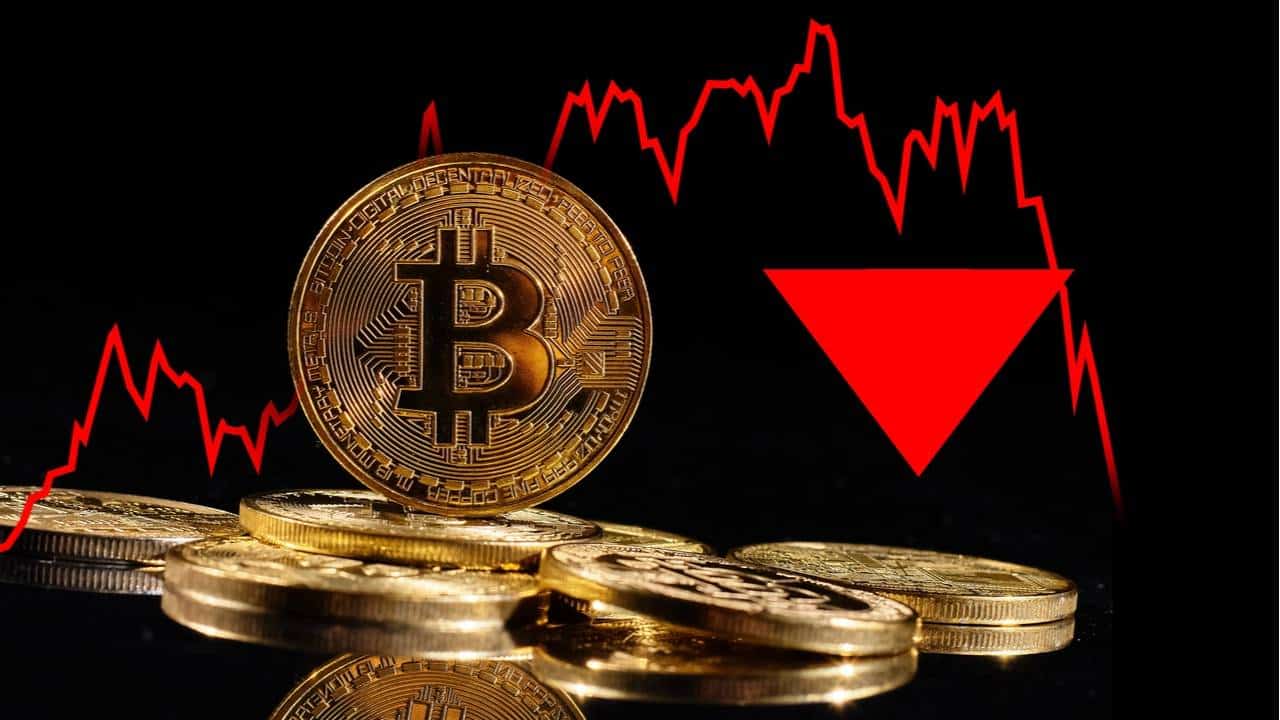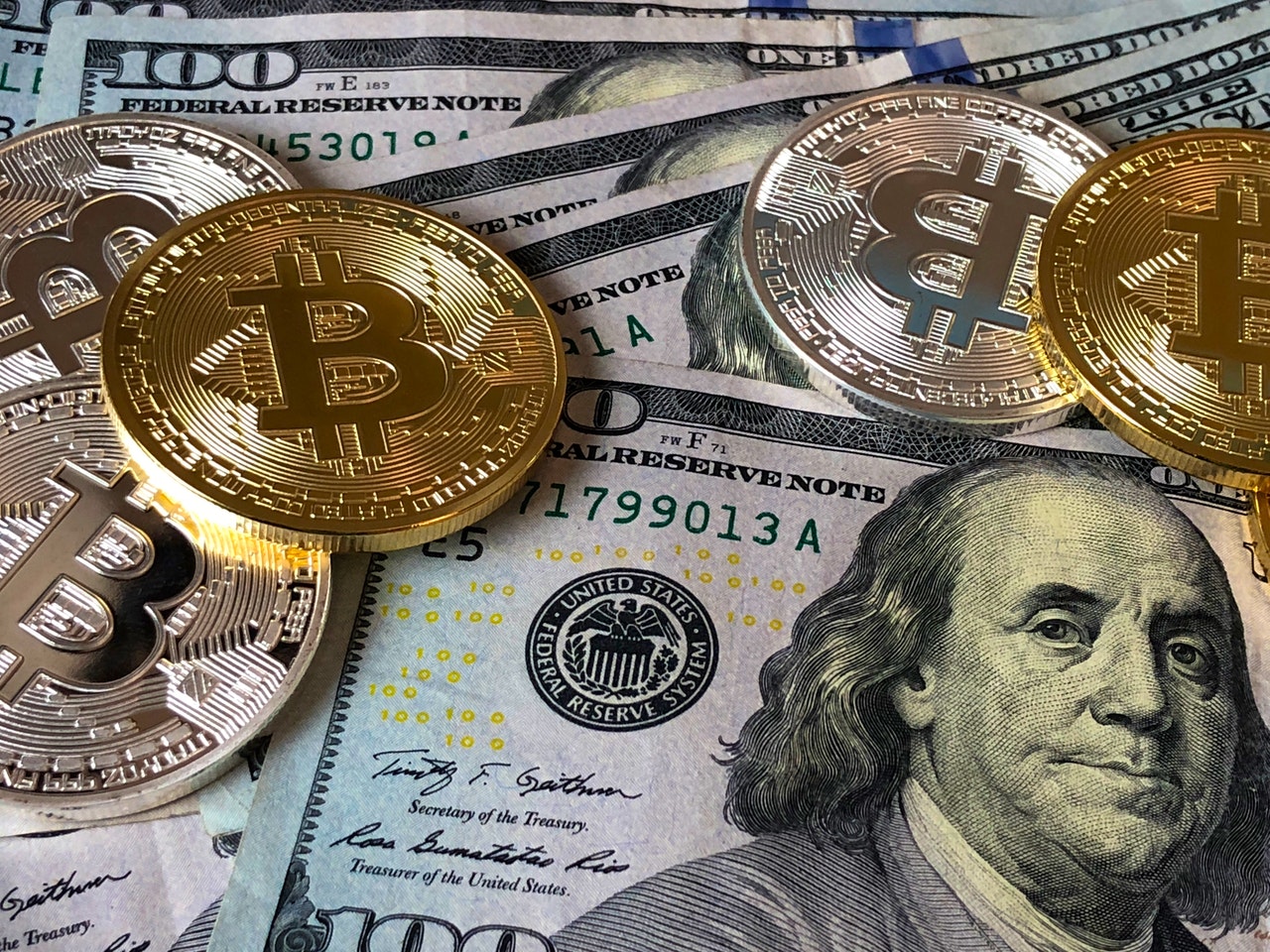Here’s why blue-chip NFT prices continue to surge over a week after the Otherside announcement
Most of the NFT market is in a decline, however data shows funds continuing to flow into blue-chip tier projects
In May 2021, OpenSea closed out almost $140 million in total volume. Fast forward a year and the most prominent nonfungible token (NFT) marketplace closed over $880 million in less than a week partially because of the Yuga Labs’ The Otherside mint. As a result of this mint, a fresh flood of liquidity was introduced into the NFT ecosystem and as it stands the current NFT total market capitalization is above $19.4 billion.

NFT market capitalisation and volume. Source: NFTgo
For the last two weeks, most of the market had witnessed minimal action, but this changed after the Otherside mint closed over $317 million in just three hours.
These wildly unique, randomly sorted parcels of land have gathered almost 194,000 Ether (ETH) ($536,137,000) and to the astonishment of many, Yuga Labs has began refunding those lost to the expected gas wars that burned over $100 million worth of Ether. Some holders also highlighted airdropped valuables valued at over $930,000.
The price of NFTs may have taken a slight nap, with many NFT traders charting impending doom for projects with limited volume, but the liquidity produced by the Otherside sale appears to be having the opposite impact.
Investors are no longer fading blue-chip NFTs
Outside of the Bored Ape Yacht Club (BAYC) and the Mutant Ape Yacht Club (MAYC), blue-chip tier NFTs like Doodles, Azuki, CloneX and Meebits have witnessed some substantial spikes in volume in the previous seven days.
Meebits had a nearly 167% increase in overall sales volume and a 19% increase in the average sale price after Yuga Labs revealed plans to build the Metaverse utility for Meebits.

Meebits 7- day average volume and pricing. OpenSea is the origin of this data.
The volume of Meebits started to heat up toward the end of April and has been on an upward trend since the beginning of May. Within the past week, there has been a 15% increase in the average sales price, and there has been a nearly 65% increase in volume.

Azuki 7-day average volume and pricing. OpenSea is the origin of this data.
It would appear that non-fungible token traders who have exited certain non-fungible token ecosystems are taking their profits and reinvesting them in the expansion of their collections with non-fungible tokens that have blue-chip status.
Doodles NFT has had approximately a 250% growth in volume over the course of the past seven days, following a trend that is comparable to that of Azuki. Since the beginning of May, the price of the floor has also been steadily increasing, and it is currently at 23 Ether (or $65,458 USD).
There is a discernible pattern indicating that the most recent capital infusion is driving up the prices of blue-chip NFTs, while the prices of the rest of the PFP-dominated market continue to decline. Is it possible that this marks the beginning of Gary Vee’s prediction that 99% of people’s collections will become worthless, leaving only the top 1% with value?
The CloneX NFTs developed by RTFKT Studios have also been riding a wave. Prior to a week ago, the prices of floor space averaged somewhere between 16.5 and 17.5 ethers, but they are currently sitting at 19.7 ethers.

CloneX – Takashi Murakami 7-day floor rates. NFTpricefloor is the cited source.
The MNLTH NFT reveal, which depicted the first blockchain-powered Nike sneaker with morphing and forging capabilities, may be responsible for this spike in price.
Along with the novel kicks, owners received a vial representing the first “skin” and in revealing the MNLTH, the NFT was burned to mint the MNLTH 2, which is another mystery box. So, the journey continues with RTFKT studios and its ecosystem.
Even though non-fungible tokens built on Ethereum have received more attention than projects built on other blockchains, the playing field is becoming more even as a result of OpenSea’s recent support for Solana NFTs.
Related question: may the recent rise in OpenSea volume and blue-chip NFT sales be an early indicator of a bull market in NFTs?
Solana Summer part deux?
OpenSea has implemented support for the Solana chain, which enables traders who have little to no exposure to the Solana cryptocurrency to now interact with the NFT ecosystem. Other traders are ecstatic about the new opportunity, in contrast to the Solana investors who are determined about using the Magic Eden marketplace.
Okay Bears is the first non-fungible token (NFT) based on the Solana blockchain to break into the top five of the OpenSea volume charts, and it is causing a stir on the Solana project. Okay Bears, which retail for 83 SOL ($7,111), have been the subject of some debate regarding the quality and price of their products. The entire volume of the project increased by more than 34 percent in the past week, but it is already beginning to level off. This increase was caused by select NFT influencers changing their profile pictures to feature Okay Bears.

The Okay Bears’ seven-day moving average volume and price OpenSea is the origin of this data.
Investors are asking for another “Solana Summer” as a result of the popularity of Okay Bears, and the Catalina Whale Mixer NFT is also making a splash on OpenSea.
NFT influencers and important players are circling back to the time when they initially got into the project. Since then, they have generated some significant sales and substantial gains, and this is happening despite the fact that the project did not open until December 2021.
This could suggest that the above-average NFT collector is diversifying their holdings across blockchains, as there are currently 12 Solana NFT projects that are ranked in the top 100 list for total volume on OpenSea.
On OpenSea, the DeGods NFT collection is ranked within the top 40 NFT collections for overall volume. The DeGods floor is now at 310 SOL ($27,190) on OpenSea and 245 SOL ($20,851) on Magic Eden. DeGods describes themselves as a deflationary gathering of misfits, punks, and degenerates.
According to the findings of Magic Eden, the floor price of DeGods rose by 179% in the month of April. Additionally, OpenSea experienced a late rush in activity.
DeGods 30-day avg. volume / avg. OpenSea is the origin of this data.
Given that blue-chip tier NFTs such as BAYC and CloneX have established the norm for brand equity and rewarding communities, investors appear to be increasing their bets on collections that fall within these categories.
It is essential to keep in mind that although the pace of proof-of-profile NFTs has slowed down, there are other sorts of NFTs, such as membership-based, literary, and musical ones, that are emerging. There is little question that Ethereum NFTs have permanently etched their place in history; nevertheless, other blockchains with NFT initiatives are also beginning to come to light.




